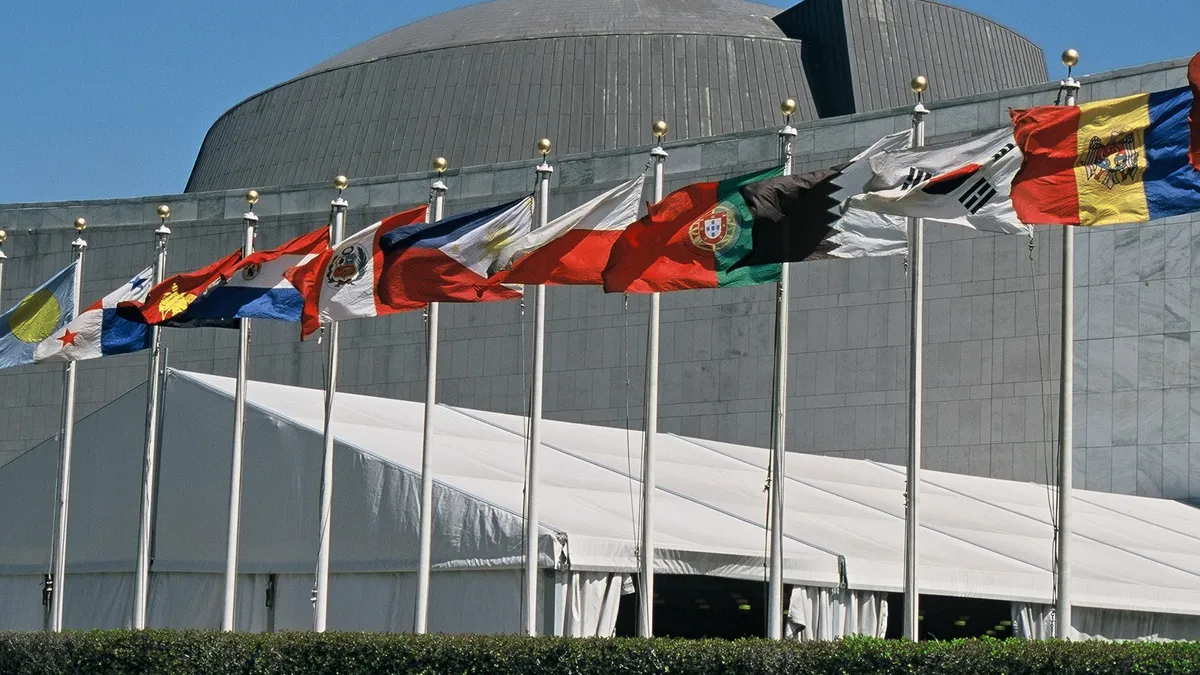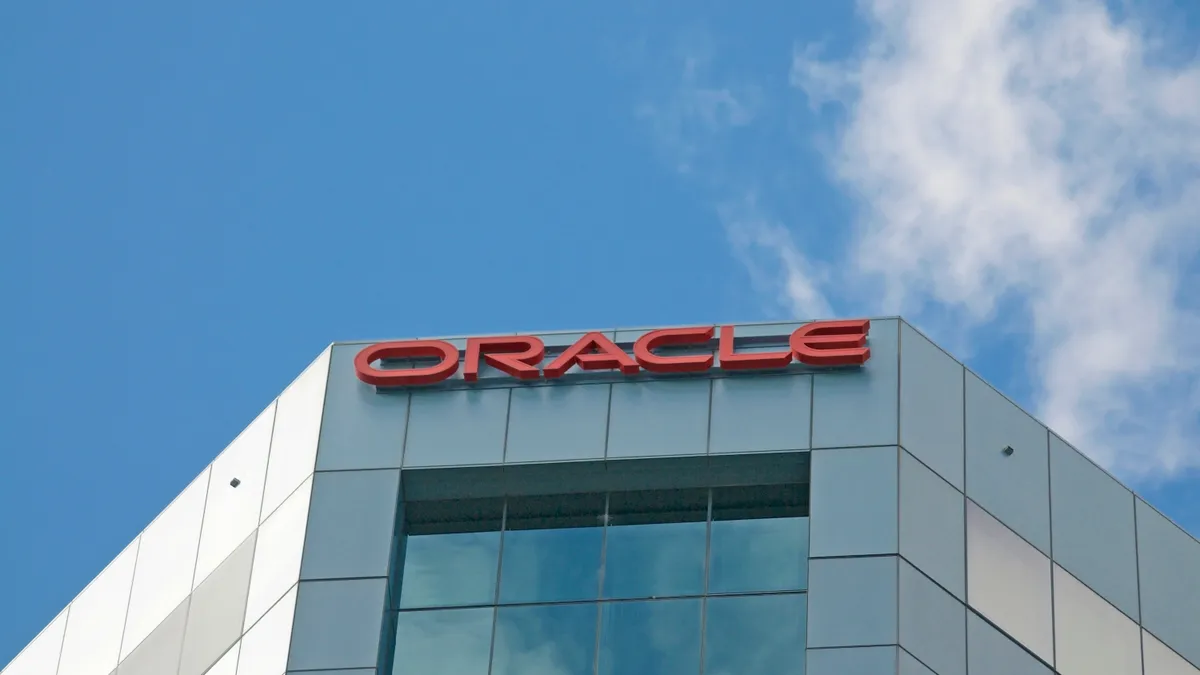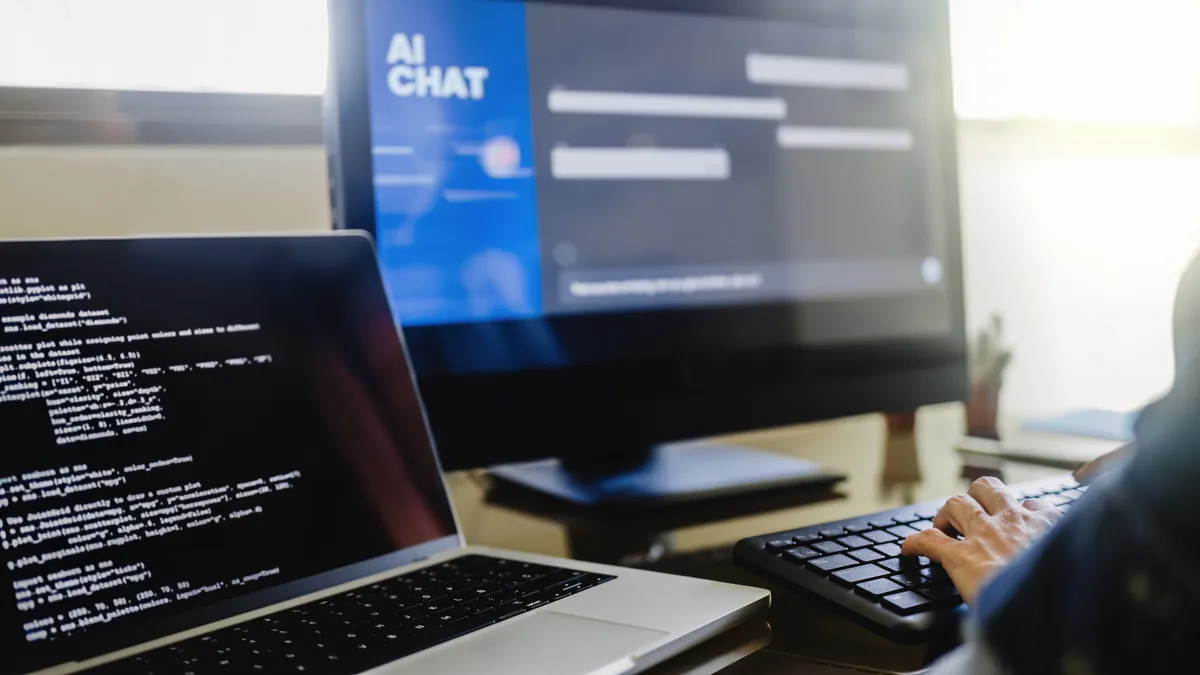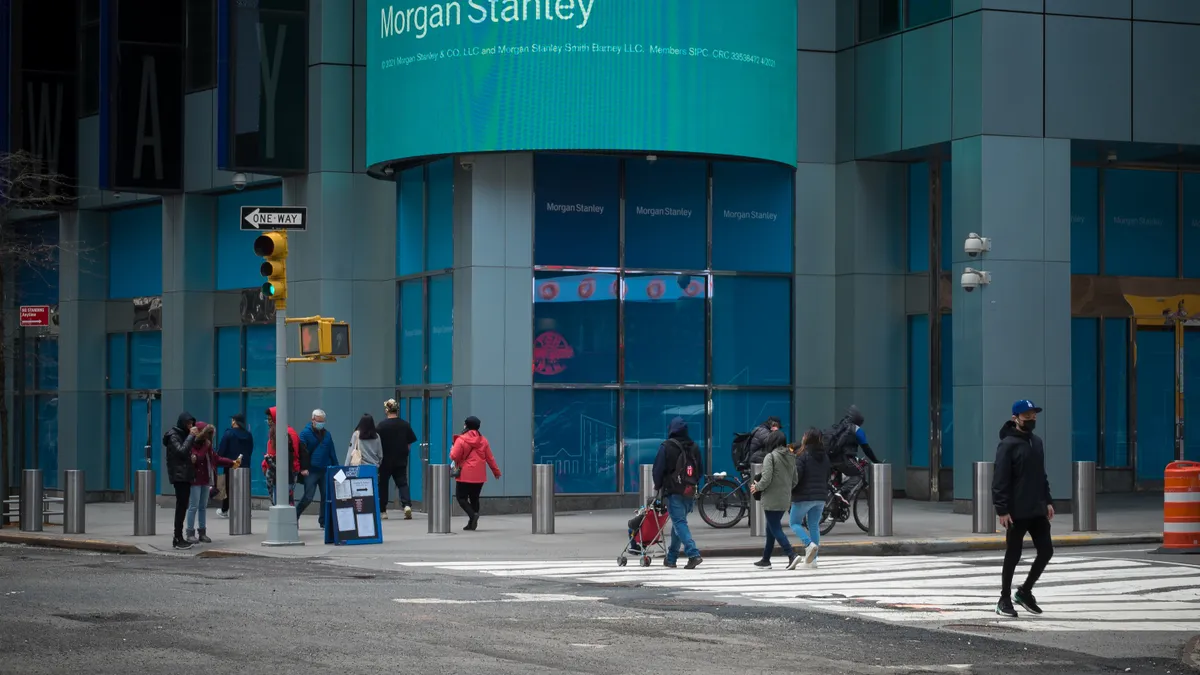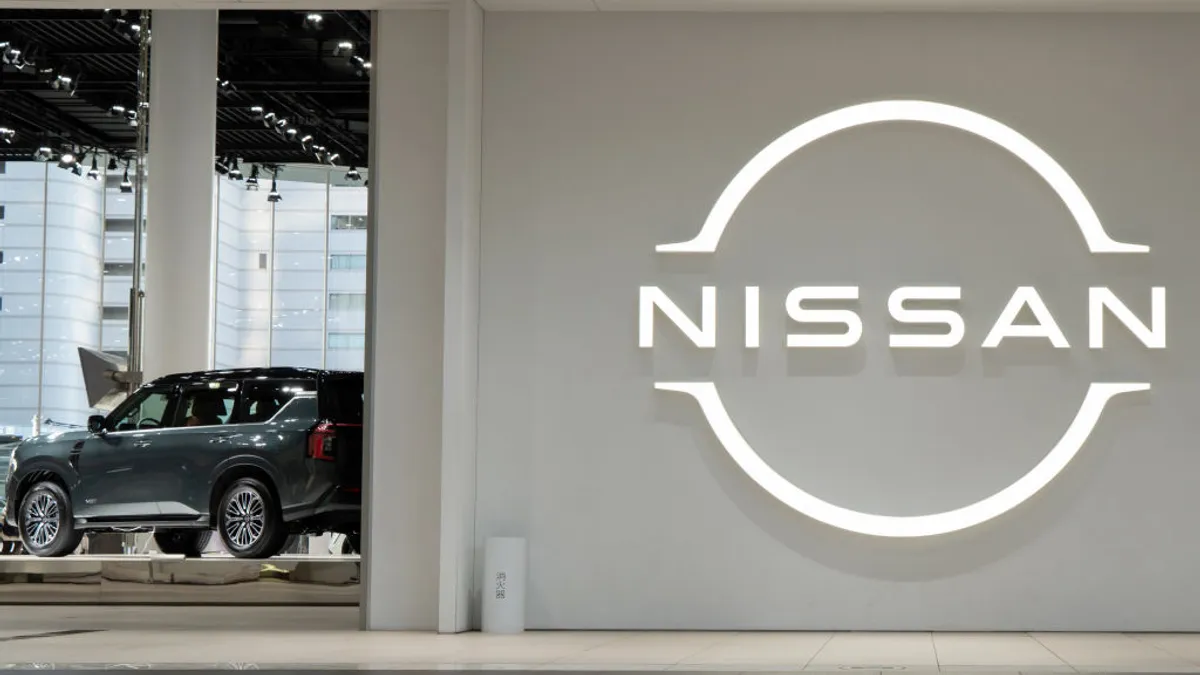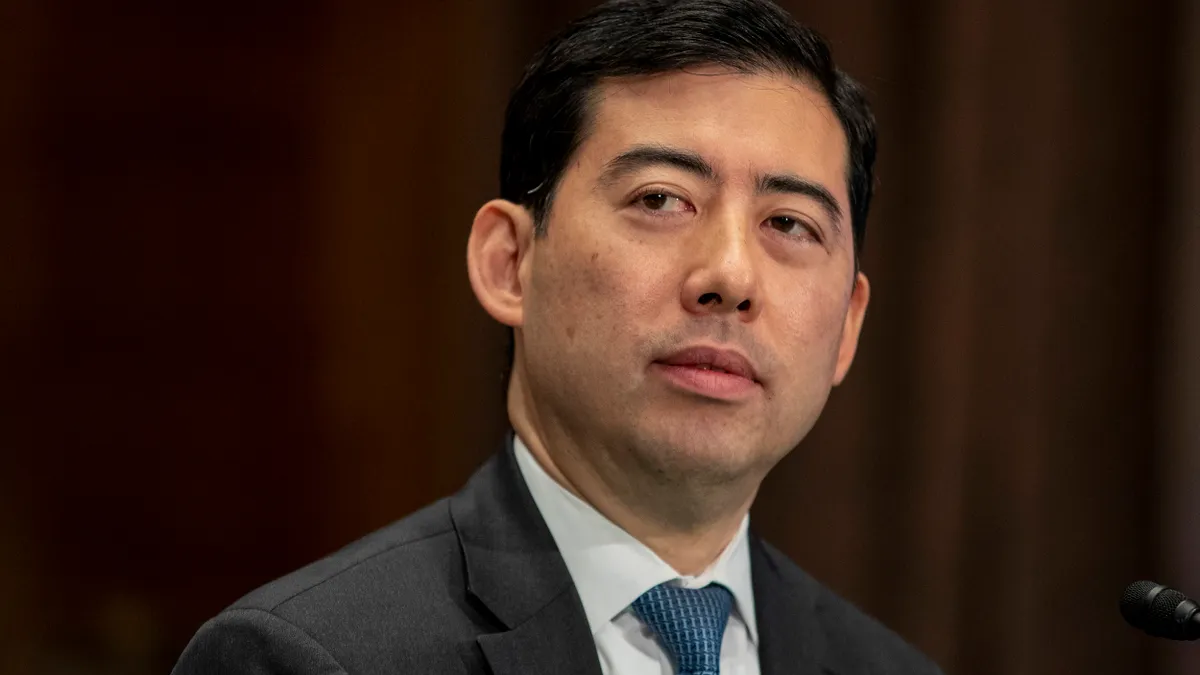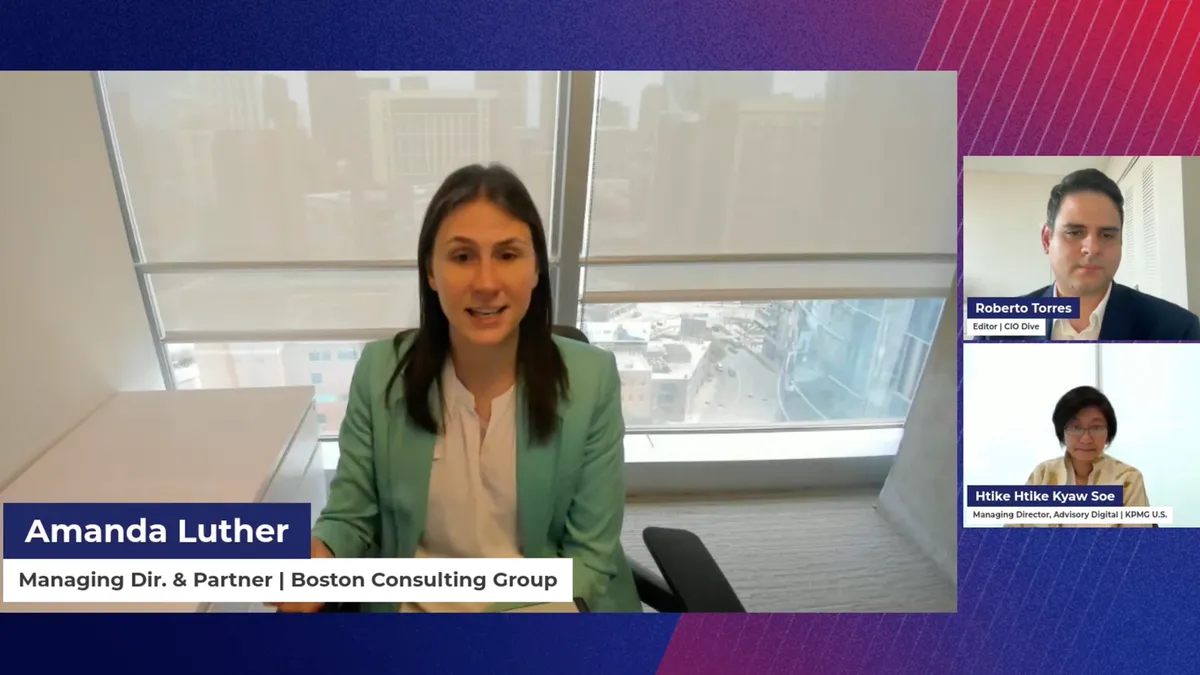In 2015, Southern California Edison workers complained that more than 500 of them were laid off so the company could bring in cheaper H-1B workers from other countries. The year prior, former Disney workers said the same thing happened to them when 250 employees were laid off and replaced by workers from an outsourcing company in India.
Early on, President-elect Trump made "America first" a cornerstone of his campaign, and often cited the Disney scenario as an example of how U.S. businesses are failing their own people. Trump has also indicated he plans to reevaluate visa programs, including the H-1B program, once he takes office.
"I remain totally committed to eliminating rampant, widespread H-1B abuse and ending outrageous practices such as those that occurred at Disney in Florida when Americans were forced to train their foreign replacements," Trump said in March. "I will end forever the use of the H-1B as a cheap labor program, and institute an absolute requirement to hire American workers first for every visa and immigration program. No exceptions."
Last month, Trump asked his transition team to direct the Department of Labor to "investigate all abuses of visa programs that undercut the American worker."
Meanwhile, tech companies have pushed for an expansion of the H-1B program, claiming that a shortage of tech talent in the U.S. makes it necessary to recruit workers from overseas.
Once Trump takes office, it’s likely there will be at least some changes to H-1B visa program. After all, Trump’s new attorney general, Jeff Sessions, is one of the leading advocates for H-1B reform in Congress.
But what types of changes are most likely? And, considering the majority of H-1B workers work in the technology industry, how might those changes affect U.S. businesses that rely on tech workers?
Ending the program abuse
Russ Harrison, government relations director for the Institute of Electrical and Electronics Engineers (IEEE-USA), which claims a membership of 200,000 engineering, computing and IT professionals, says his organization is optimistic the Trump administration will make some changes to the H-1B program quickly.
"In the short run, we're hoping President Trump will make some quick executive level changes to the H-1B program to eliminate some of the worst abuses," Harrison said. "We hope he’ll then support some reforms in Congress that will move us toward an ideal situation."
IEEE-USA recently submitted a number of H-1B reform recommendations to Trump.
The primary complaint about the H-1B program, from IEEE-USA members and many others, is that the program is no longer used as it was intended. The H-1B visa program was originally meant to help companies find workers with specialized skills. But opponents claim the program today allows thousands of foreign workers into the U.S. to do the jobs Americans normally do, except for less pay.
"If we have a shortage of skilled workers in this country then we need immigrants, not H-1B workers."

Russ Harrison
Government relations director for IEEE-USA
"We would like the American economy to stop relying so heavily on temporary visas and start using green cards to bring in skilled talent instead," Harrison said. "This would help stop the worst abuses, where Americans are being replaced by non-Americans."
Some supporters of the existing H-1B program, particularly the tech companies that rely on the program, say changing or restricting it would harm the U.S.’ ability to compete technologically, because there would be less tech talent in the country. Harrison disagrees.
"If we have a shortage of skilled workers in this country then we need immigrants, not H-1B workers," he said.
The reason companies are asking for H-1B visas comes down to simple economics, according to Harrison. "They're trying to save money. They just don't want to pay people market rates."
Eliminating the lottery system
IEEE-USA also asked the Trump administration to consider changing the way H-1B visas are allocated. Today, U.S. Citizenship and Immigration Services conducts a simple lottery system to determine which companies will get H-1B visas each year. This year, the agency received more than 85,000 petitions — equivalent to a full year’s supply — in just five days. It was the fourth year in a row that requests outnumbered supply in less than a week.
IEEE-USA and several legislators support changing the system so companies that pay the most get first access to H-1B visas. Doing so could eliminate those companies that are simply looking for access to cheap labor. Strong H-1B opponents believe pushing up visa-holders’ wages would therefore make them less desirable to employers.
"If you're paying 50% more than the prevailing wage in a certain job category in a certain city, you probably really need the person," said Harrison. "But if you're paying $40,000 less than the prevailing wage in your city, you're probably just trying to underpay your workers."
As president, Trump could enact an emergency regulation to eliminate the H-1B lottery in time for the annual April distribution, according to Harrison.
IEEE-USA also wants Trump "to start pushing back against outsourcing through the H-1B program." If outsourcing companies are successfully eliminated from of the H-1B program, it would make between 40,000 and 50,000 new H-1B visas available each year for other companies, according to Harrison
Proceed with caution
While changes to the H-1B program are likely, chances are slim that the program would be canceled altogether. Ending the program would require an act of Congress. In addition, when the U.S. joined the World Trade Organization in the 1990s, it committed to making 65,000 visas like the H-1B available.
"I would be surprised if it were discontinued," said Joseph Taylor, a professor of Information Systems at California State University, Sacramento and the former director of IT Strategic Planning, Innovation and Governance for Walmart Stores Inc. "There is still a lot of unmet demand for technology workers, and H-1B visas help fill that gap. The program also brings skilled workers to the U.S., helping to build local economies."
And getting rid of the H-1B program altogether probably wouldn’t be the best solution anyway, as there are companies who use H-1B workers to necessarily fill talent gaps. But most agree changes that could help make the program work better would be welcomed.
"If [Trump] both forces companies to move back on-shore and eliminates H-1B visas, without a massive move to robotics, [we] end up with products that either aren’t profitable or can’t compete in the world market."

Rob Enderle
Analyst with the Enderle Group
"There is a lot that could be done to make the process more efficient, so in that regard some changes to the program could be beneficial," said Taylor. "On the other hand, some changes could be very harmful. We’ll have to wait and see."
Another consideration is how changes to the H-1B program might balance with Trump’s other big passion - encouraging U.S. companies to move back on-shore. Taking both actions simultaneously could be challenging, said Rob Enderle, an analyst with the Enderle Group.
"If [Trump] both forces companies to move back on-shore and eliminates H-1B visas, without a massive move to robotics, [we] end up with products that either aren’t profitable or can’t compete in the world market, and a dramatic increase in unemployment and reduction in income tax revenue eventually," said Enderle. "So I don’t think he can both limit H-1B visas and force on-shoring and I think he knows this."
Enderle thinks Trump may choose to focus first on eliminating off-shoring and leave the H-1B program unchanged in the immediate future.
"Be aware that until he is in office and his cabinet is fully settled, this will likely be a bit fluid," Enderle added. "But right now, it looks like on-shoring will take priority over H-1B and that should assure little change in the latter as he pushes hard for the former."


